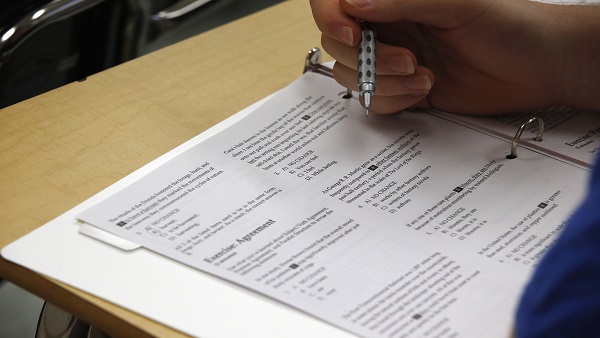Princeton University student creates GPTZero in response to ChatGPT
After the release of ChatGPT in late November, Princeton University undergraduate Edward Tian created GPTZero to detect essays written by AI.
ChatGPT is a chatbot that generates coherent responses on any topic in a matter of seconds. Just enter a few keywords, and the bot easily creates a 300-word essay for a book report.
This feature has caused ChatGPT to explode in popularity, especially amongst students. Unfortunately, some use this tool to cheat on their exams and assignments.
“I personally believe that when teachers grade assignments written by ChatGTP, they will notice,” Julia Cheon (12), GPTZero advocate, said. “Though a lot of students can use it to cheat, it will be hard to get a good grade, since the robot’s writing style is so terse and generic.”
To mitigate this problem, Tian spent half of his winter break coding GPTZero. To determine whether someone’s writing is AI-generated, GPTZero uses “perplexity” and “burstiness” to detect plagiarism.
Perplexity measures the complexity of the text. If GPTZero is perplexed by an excerpt, it is highly complex and likely written by a human.
Burstiness compares the variations of sentences. Tian observed that humans tend to write essays with a variety of short and long sentences. Bots, on the other hand, are more uniform.
Though Tian claims to be working on improving the model’s accuracy, many analysts have tested that his product already successfully distinguishes writing produced by a human and an AI.
“If SIS implements GPTZero, nobody would ever dare to use ChatGPT for their English or history class,” Ryan Jung (11), GPTZero advocate, said. “I feel as though this platform will become the next turnitin.com, and I am sure it will be a good way to keep students from gaining an unfair advantage.”

Jennifer is a senior reporter for Tiger Times. She loves chilling to lofi music, watching avenger movies, and sleeping. She loves anything chocolate-related,...











